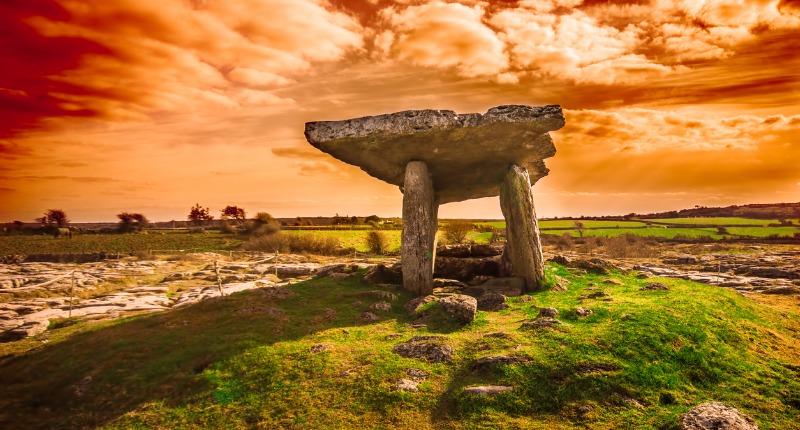The origins of Halloween are contested, but the most popular — and evocative — theory is that it has roots in the ancient Irish Celtic festival of Samhain, pronounced ‘SAH-win’.
According to The Journal, Irish tourist organisation Fáilte Ireland has pledged to spend four million euros on a three-day Halloween festival focusing on Tlachtga (pronounced CLACK-da), County Meath, the ancient site of Samhain according to popular tradition, that they hope will attract 100,000 visitors from across the world and generate 12 million euros of tourist revenue.
Crucially, it will encourage visitors to come to Ireland outside of the usual tourist season, and visit the scenic east of the island.
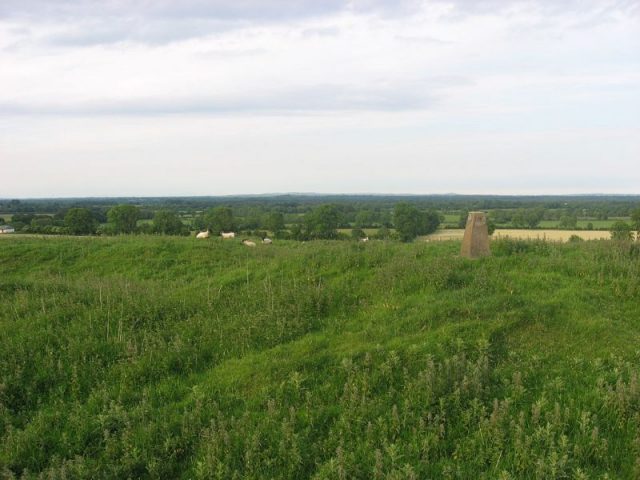
The festival will include an “iconic and inspiring” night-time installation that symbolises the the bonfires being lit, which according to popular tradition marked the beginning of Samhain. The celebration isn’t limited to Tlachtga. The proposed event will incorporate existing festivals such as the Flame of Samhain Festival in Athboy and the Spirits of Meath Festival.
The festival will run from October 31st to November 2nd, 2019 and Fáilte Ireland hopes that it will grow to a 10-day event by 2022.
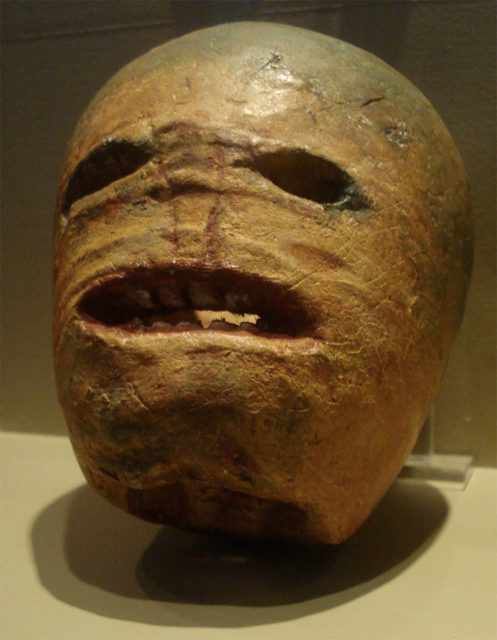
Tlachtga, or the Hill of Ward, is believed to be sacred to the pagan Irish, and nearby can also be found the Hill of Tara, the traditional seat of Ireland’s high kings.
Consisting of four concentric circular mounds one on top of the other, the Hill of Ward was constructed over a long period between the Bronze Age around 3,000 years ago, and the arrival of Christianity in Ireland roughly 1,500 years ago.
In Irish mythology the druidess Tlachtga, daughter of a sun god, was raped by the three sons of her father’s mentor and she gave birth to three sons of her own from these three cruel fathers at the site that bears her name. She died during the ordeal of birthing the triplets and according to legend the earthworks are her grave.
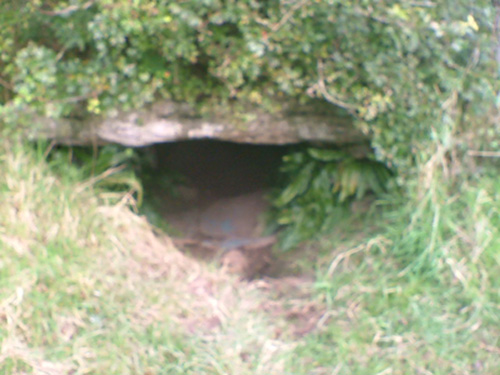
Less romantically, the ‘lacht’ in Tlachtga is an older word for burial place. This indicating that the name of the hill simply identifies it as a grave site and that the tale of the tragic druidess came later to explain the name the Irish no longer understood.
According 17th century historian Geoffrey Keating, the ancient Irish marked the beginning of Samhain — the autumn festival — with the lighting of a sacred bonfire on the Hill of Ward.
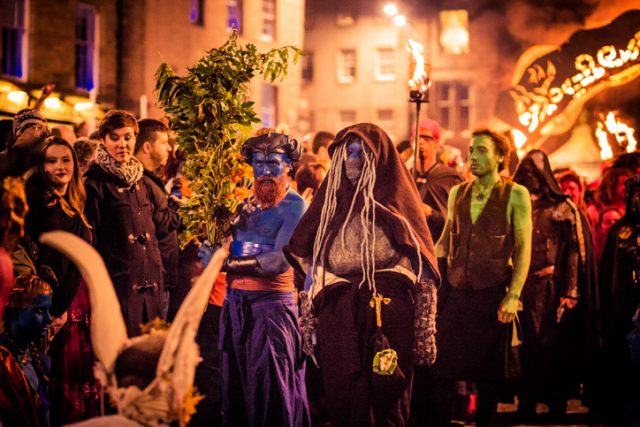
This may have involved animal and human sacrifices to give thanks to the gods for a successful harvest and to pray for the return of the sun once winter had run its course. From the holy fires at Tlachtga, torches would be carried to light bonfires on the surrounding hills, creating a chain of orange light in the darkness of the countryside.
It’s a fitting tribute to the child of a sun god, but there’s no evidence for it.
Archaeologists have found significant quantities of animal bones on Tlachtga, evidence of large scale feasting and the hill’s use as a sacred site, as well as human remains from the early Christian era suggesting its continued significance as a high profile burial ground.
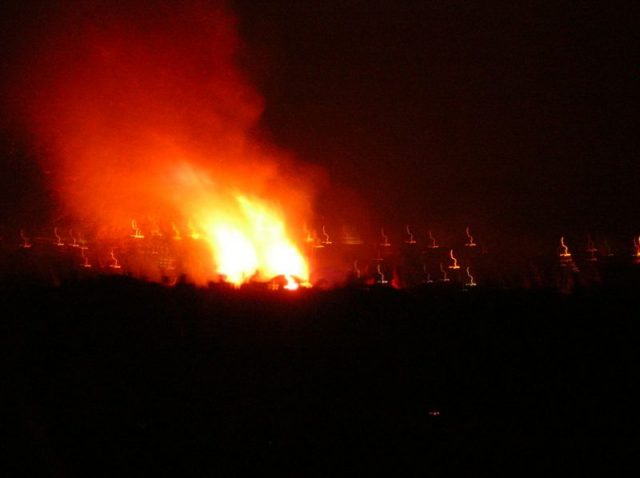
Missionaries arrived in Ireland in the 5th century, and it’s from Christians that we know anything of how Samhain was observed. The Celts had an oral tradition and didn’t record their own beliefs or legends, so their memory is at the mercy of Christian monks. They didn’t understand the rituals of the culture that came before them, and set out to misrepresent it.
These records, which tell us that Samhain was a time when the druids proclaimed prophecies, and the pagans believed the walls between our world and the afterlife were thin, should be taken with a pinch of salt.
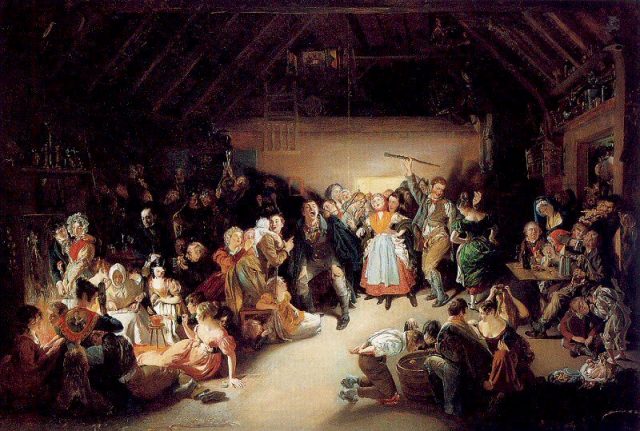
Even the story of the druidess Tlachtga comes from the Medieval period. It is filled with Christian motifs making it impossible to tell which aspects of the story pre-date the arrival of Christianity, and how much of it is part of a constantly evolving folk tradition.
For example, in one variant of the story Tlachtga the three rapists are sons of the Old Testament sorcerer Simon Magus, and Tlachtga’s father, Mug Ruith, was said to have beheaded John the Baptist.
Read another story from us: The Creepiest Halloween Costumes from a Century Ago
A website for the Halloween festival is expected March 15, 2019 and a provisional programme of events will be released by end of the June.
